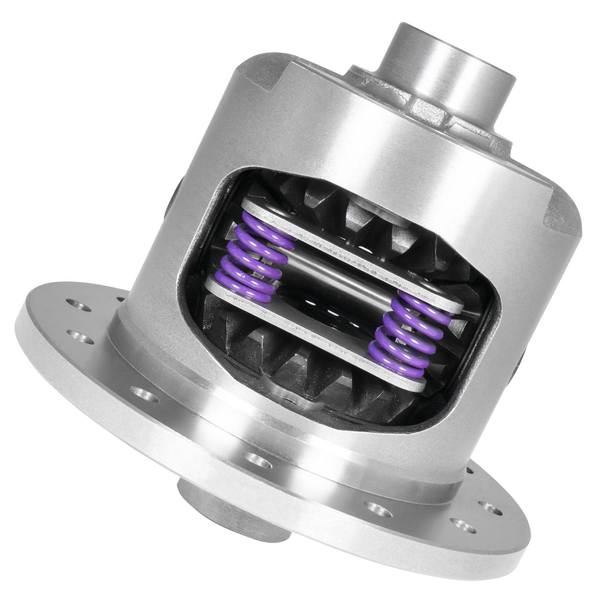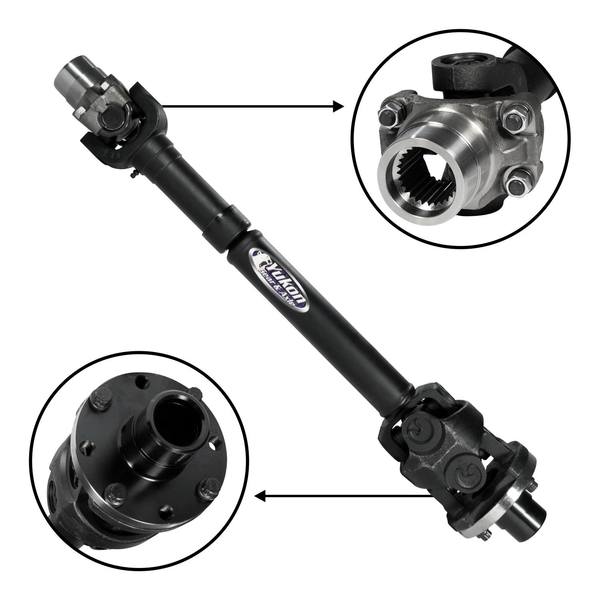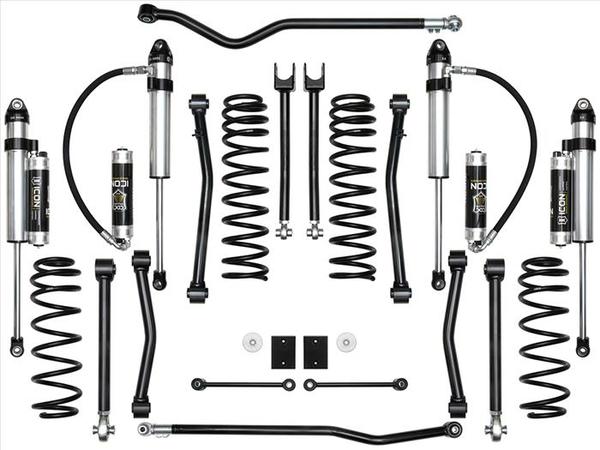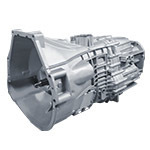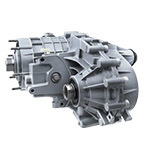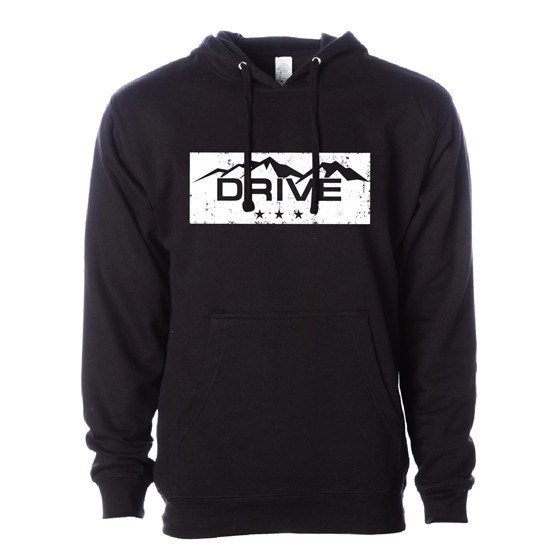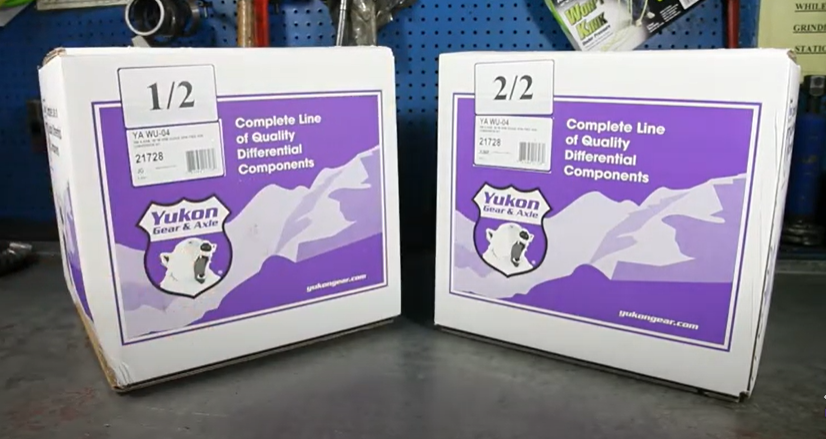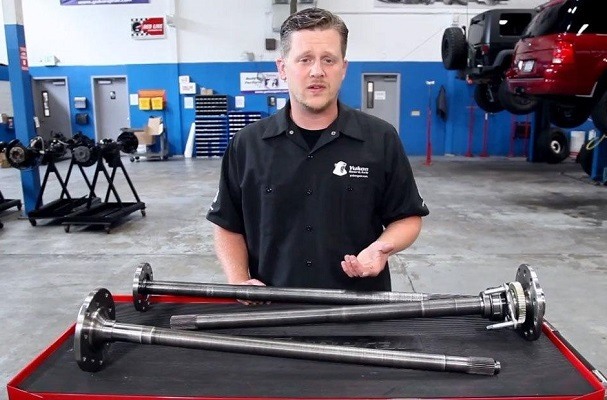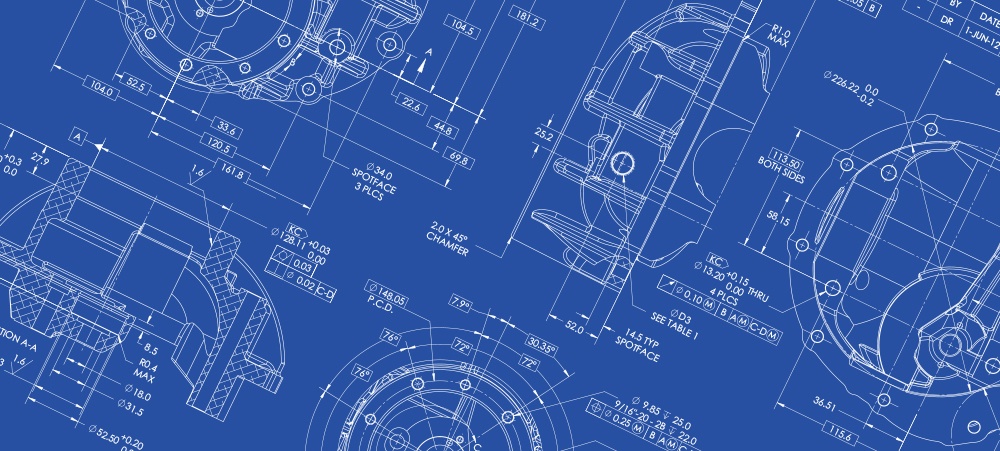It may sound silly, but there are many things to consider and lots of data to collect prior to picking up the phone to find rearend parts. Unlike engine or suspension parts, rearend parts are not easy to look up, and can vary greatly on any vehicle make/model. Just because it has a specific engine size or transmission type does not mean that the vehicle uses one specific gear ratio. Vehicle manufacturers will usually offer at least two gear ratios for any given vehicle model. The gear ratio can vary with little or no correlation to its intended use or market area. I have seen many models released that offer four different ratios with little or no other variations in the vehicle. Another thing that complicates matters is there does not appear to be a standard or good book that a salesperson can use to look up the right parts for a vehicle by year, make, and model. And, for whatever reason, the VIN number is not helpful. For most vehicles, the VIN does not provide gear ratio or limited slip information. One way to get the right parts to the end user is by process of elimination. In this scenario, the vendor sells parts that they think may be right until they find the right combination. This is often referred to as the “we got your credit card number and that’s all that is important” method.
But don’t count on your friends to identify the differential for you, as they may not be accurate. If the diff is not the model they say it is, there may be restock charges for sending back parts. The only sure-fire way to determine the right parts for a rearend is to find someone who really knows rearends and be prepared to answer a lot of questions.
Here’s some questions to answer BEFORE calling:
- How do you use or plan on using the vehicle?
- Year, make (Chevy, Jeep, Ford, Dodge, etc.), model (1/2 ton, Cherokee, etc.)
- Tire size
- Old gear ratio
- New ratio you think you want
- Axle spline count
- Number of cover bolts, or is it a drop out
- Number of ring gear bolts
- Bill of material number or tag numbers
- Transmission type
- Engine size (I hope you know this one, surprisingly a lot of people do not)
- Engine rpm that you are comfortable cruising down the highway at. This will only work if you have a tach, and it may require driving in a lower gear to experience higher RPMs.
- Number of wheel lugs
- Trailer Weight (For those of you who pull trailers or other vehicles)
- Standard or reverse rotation front ring & pinion
- This can be determined by whether the pinion enters above or below the axle housing centerline.
- Reverse rotation gears have the pinion shaft entering above the axle centerline and standard rotation gears enter the housing below the axle centerline.
- Independent Front Suspension or solid straight axle in front
- Outer diameter axle bearings
It may seem ridiculous to have to answer so many questions, but in the end, it is far easier to order parts once correctly, than to order and return the wrong parts several times. If you take the time to find out the answers to a lot of questions, and find a salesman who knows what questions to ask. It will save a whole lot of frustration for everyone involved, especially you.
If a parts representative asks about the condition of other parts, they are usually trying to help you with a better price on all of the parts you will need for a complete repair, and save you from having to run to the local parts store after you get the differential apart.
Popular Resources:
 AMC
AMC
 Chrysler
Chrysler
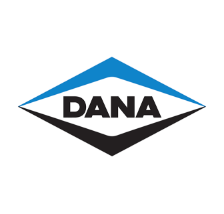 Dana
Dana
 Ford
Ford
 GM
GM
 Isuzu
Isuzu
 Nissan
Nissan
 Suzuki
Suzuki
 Toyota
Toyota
